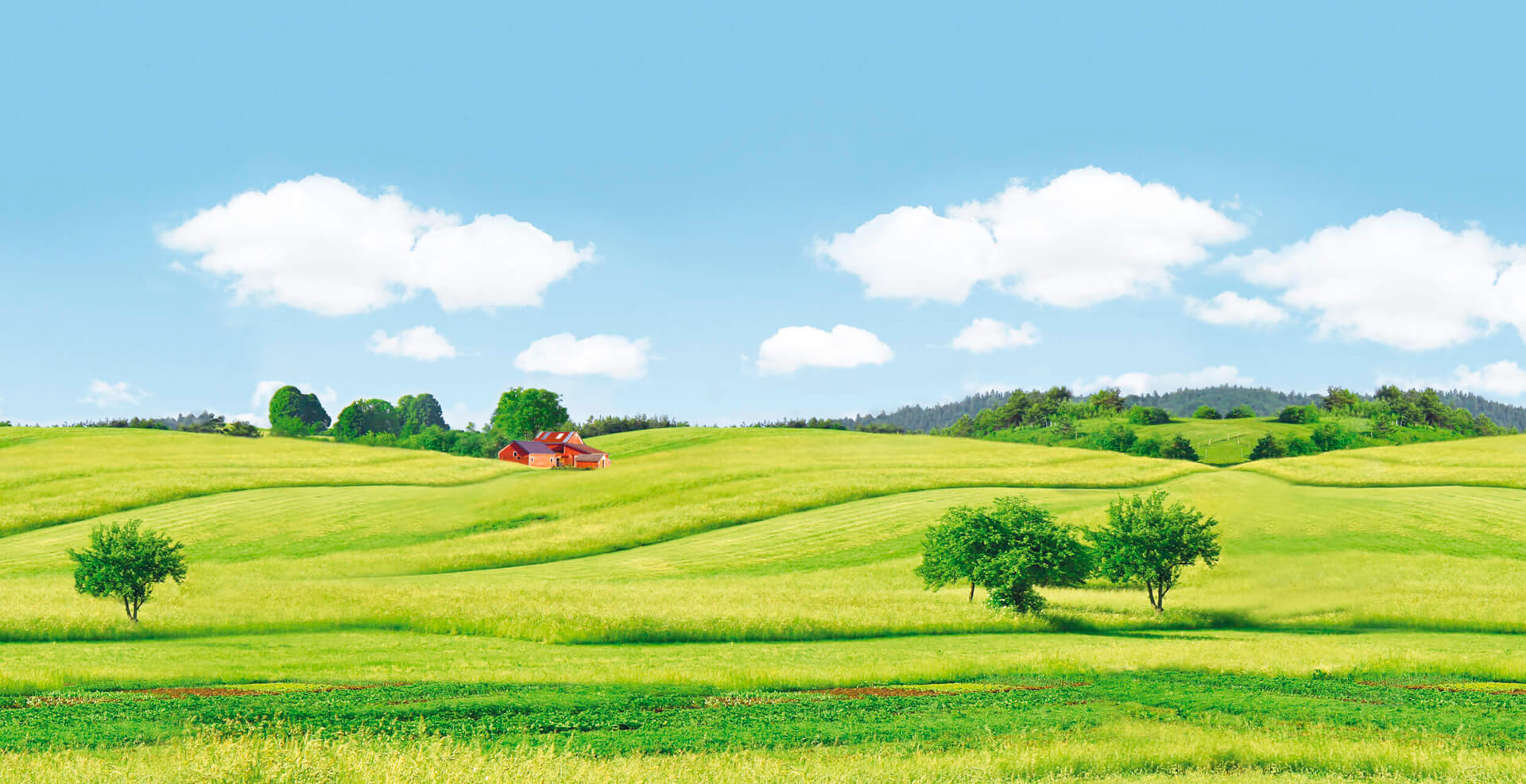

The Samoyed, partly also called Samoiedskaia Sabaka, is a medium-sized dog breed, which has its origin in Northern Siberia. From there the Samoyed was imported to England, where it was bred at the end of the 19th and beginning of the 20th century. The FCI leads the Samoyed in group 5.
The life expectancy of Samoyed is around 13 years. Male specimens reach a height of about 57 centimetres, while females are slightly smaller at about 53 centimetres. The breed standard of the Samoyed allows a tolerance of three centimetres in both directions. The weight of the animals is between 20 and 25 kilograms.
The Samoyed has a muscular physique with a deep and wide chest, a strong neck and a head in the shape of a wedge. Due to his slightly slanting eyes and raised lips, the Samoyed always looks as if he is smiling. His triangular ears are quite small and upright.
Particularly characteristic for the Samoyed is its dense fur with much undercoat and a showy mane in the area of the neck and the shoulders. The coat of the Samoyed can be either plain white, cream or white and beige and offers very good protection from the cold.
The Samoyed has a lively and open-minded nature. He is very sociable and feels very comfortable in the pack with other dogs. His self-confident, strong character can sometimes lead to the Samoyed being quite stubborn. This characteristic makes a consistent education necessary, so that this breed is not suitable for beginners in dog keeping and people with little time.
The hunting instinct is only moderately present in the Samoyed, but it can certainly appear in the wild.

Samoyed originally served as herding dogs, guard dogs, sleddogs or working dogs. They have a high urge to move. In order to work at full capacity, they need sufficient physical and mental activity.
In addition to training as a rescue dog, it is therefore also a good idea to use the Samoyed in dog sports.
In particular, Samoyeds tend to suffer from hip dysplasia. The result is increased wear and tear of the affected joints, which over time leads to increasingly severe pain and reduced mobility.
In the diet of Samoyed, value should be placed on a high-quality feed without artificial additives. In this way, the nutritional requirements of the animal can be optimally covered and the risk of feed intolerances reduced.
It is also important that the actual energy requirements of the Samoyeds are taken into account. In addition to the weight of the four-legged friend, other factors such as age and sporting activities play a role in its determination.
The Bellfor nutrition concept supports the health and well-being of your Samoyed from an early age.

